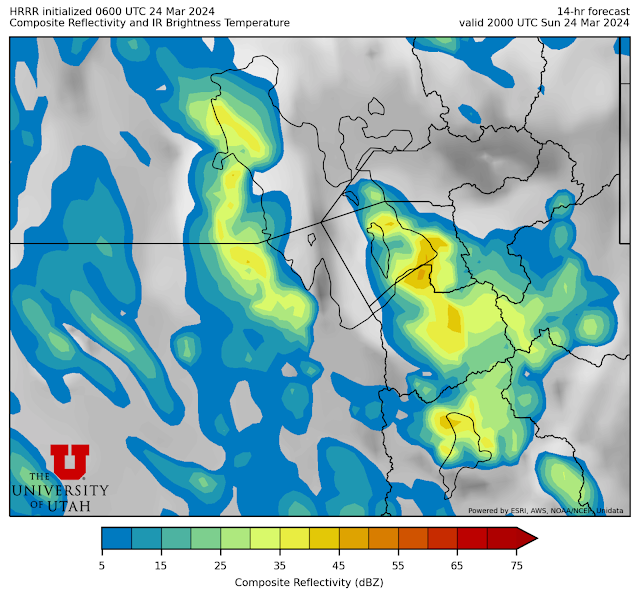"Plans are worthless, but planning is everything"
- Dwight D. Eisenhower
For the past few years, my son and I have been trying to find a time when our schedules align for a father/son trip that my mother suggested we do after my father and his grandfather passed away. Pandemic, school, work, and life made finding a block of time difficult for many years.
It appeared, however, we could pull something off this winter over my spring break, so in early January we booked a trip to Austria so that I could give him a proper introduction to backcountry and resort skiing in Tyrol and environs.
We spent a lot of time trying to figure out where to stay, where to ski, etc. Ultimately we settled on staying the entire trip in Innsbruck since it is easy to use transit to travel to any number of resorts or touring areas from Bavaria to the north to South Tyrol to the south and from St. Anton to the west to Kitzbuhel in the east. In addition, I have a number of friends in the Innsbruck area, so we would have some local skiing and dining partners.
At least that was the plan.
Our first day in Innsbruck dawned with cloudy skies and some fits and starts of valley rain and mountain snow. We decided to take an easy ski tour up Axamer Lizum, a local resort, and enjoy the culinary delights at the top. This turned out to be a good call as the visibility was pretty much nil at upper elevations, so it would have been a waste to buy a lift ticket and ski touring outside the confines of a resort would have been terrifying.
Plus, we did find the culinary delights at the top.
After enjoying a proper lunch, we began to ski down. We were traveling slowly down a groomer given the visibility when all of a sudden I saw my son take a hard, awkward fall. I'm not sure if he hit a grooming rut or what, but I haven't seen him fall in years and I got a pit in my stomach. He was in a lot of pain and said he felt his arm come out of the socket and go back in. The pit got deeper.
After giving him a few minutes, he decided to ski down to the bottom, which we did. We then got on the bus back to Innsbruck. While riding back to town, the arm came painfully out again. I called a friend in Innsbruck who met us at the hospital where the dislocated shoulder diagnosis was confirmed and he was fitted for a sling.
Ski trip over, or so we thought.
That night, although in shock, we started making a list of things we could do. Staying in Innsbruck turned out to be very fortuitous since it is so easy to access transit from the main train station only a 5 minute walk from our rented flat.
The next morning, we bought week long transit passes covering all rail and bus transit in Tyrol and some areas of Bavaria and South Tirol for $46.50 euros each. We were off.
Mittenwald
That first post-crash day we took the train from Innsbruck to Mittenwald, just across the border in Germany. There was a cable car there that I've been oogling since first seeing it in 2015. Part of the attraction is simply to answer the question, why would anyone ever build a cable car up that mountain?
It rises 4300 vertical feet. There's no ski area at the top. However, there is a brewery and with a short winter walk with limited avalanche hazard, you can get a great view of the Karwendel Alps.
If you are so inclined, there is also a 400-meter long tunnel that they have carved through rock that will take you to an area you can ski tour.
All and all a fun day.
Hahnenkamm
The next day we took the train to Kitzbuhel. I figured if Erik couldn't ski the Streif, he could at least see it. Turns out it wasn't skiable from top to bottom anyway. Kitzbuhel is quite low and recent warmth had decimated the snow. The "traverse" was closed and there was no natural snow at the bottom.
We bought a pedestrian pass for the Hahnenkamm cable car, did a short hike at the top (there's some winter hiking that can be done up there, although I'd rather ski), and looked at the start house for the famed downhill.
Sölden
That evening a friend in Innsbruck said we should go with him to Sölden tomorrow, so we did. I went skiing while Erik rode cable cars there and in nearby Obergurgl. Below is a photo from the Gaislachkogl at Sölden, which is just above 3000 meters.
I'd never skied Sölden previously. It has enormous relief, covering more than 6,000 vertical feet, high altitude glaciers, etc. There's a lot of lower-angle skiing there, but also some great freeride terrain.
I took the longest run of my life to finish the day, covering more than 6000 vertical feet from the top of the Schwartze Schneid gondola, down the valley below to the base.
Much of it was lower angle, and the final descent into Sölden was a mushy, terrifying white ribbon of death, but a PR is a PR.
So, my ski trip wasn't really over, but my son's? We'll talk about that in a future post.






















































